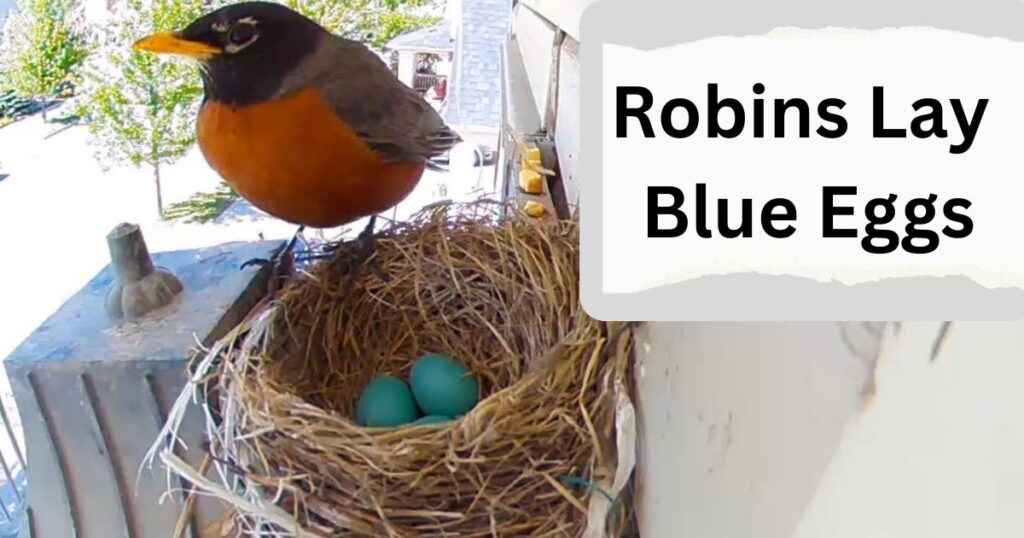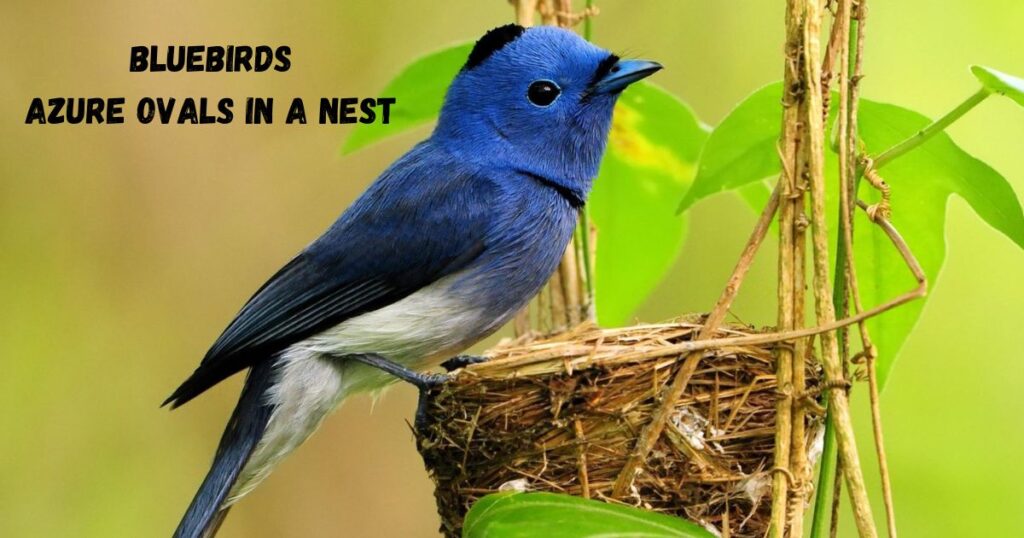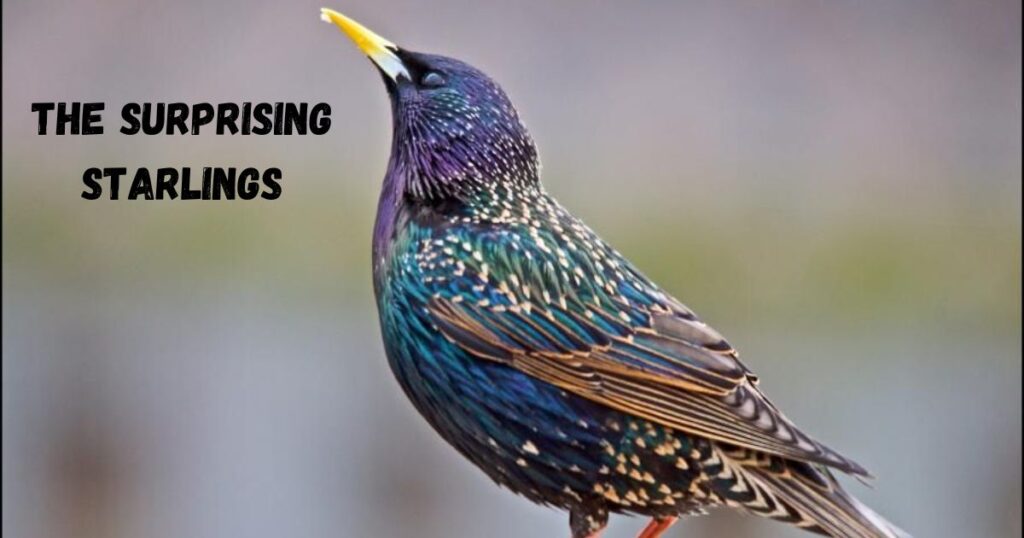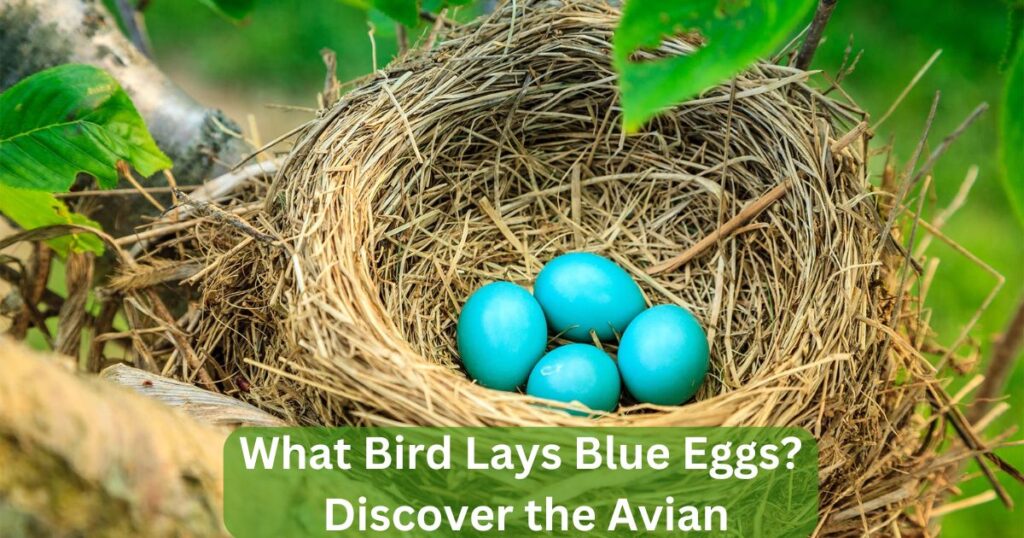Imagine stumbling upon a nest cradling eggs that look like they’ve been touched by the sky itself. Nature’s palette is full of surprises, and none quite as enchanting as the mystery of blue eggs.
Have you ever wondered, “What bird lays blue eggs?” You’re not alone! This question has captivated bird enthusiasts and casual observers alike, sparking curiosity about the whimsical world of our feathered friends. Join us on a fascinating journey through the avian kingdom as we unravel the secret behind these azure treasures.
From backyard favorites to surprising species, we’ll explore the vibrant realm of blue egg layers, discovering why these special eggs hold such allure and what they tell us about the magnificent diversity of bird life. Get ready to see the world of birds through a new, blue-tinted lens!
The Magic of Blue Eggs: Nature’s Palette
Blue eggs are a special sight in the bird world. While many birds stick to classic white or speckled brown, some feathered artists add a splash of blue to nature’s palette. This isn’t just for show – there’s real science behind these sky-hued shells.
The secret ingredient? Biliverdin, a pigment that’s responsible for that striking blue color. It’s the same stuff that makes bruises turn bluish-green. In birds, this pigment gets deposited into the eggshell as it’s forming, resulting in those beautiful blue eggs we all marvel at.
But why blue? Scientists have a few theories:
- Camouflage: In some environments, blue eggs might blend in better with the surroundings.
- Sun protection: The pigment might help shield the developing embryo from harmful UV rays.
- Mate attraction: Brightly colored eggs could be a sign of a healthy, desirable mate.
Meet the Blue Egg Layers
Let’s get acquainted with some of the birds famous for their blue eggs:
- Robins
- Bluebirds
- Starlings
Robins Lay Blue Eggs

When you ask, “What bird lays blue eggs?”, the American robin is often the first to come to mind. These familiar backyard birds are famous for their vibrant blue eggs. Here’s what you need to know about robin eggs:
- Color: A bright, unmistakable blue (sometimes called “robin’s egg blue”)
- Size: About 2 cm long
- Clutch size: 3-5 eggs per nest
- Incubation period: 12-14 days
Robins typically lay their eggs in the spring, so keep an eye out for nests in trees, shrubs, or even on your porch eaves.
Bluebirds: Azure Ovals in a Nest

Eastern bluebirds, those stunning birds with feathers that rival their eggs in color, also produce beautiful blue eggs. Their eggs are:
- Pale blue to bluish-white in color
- Slightly smaller than robin eggs
- Often found in nest boxes (they’re cavity nesters)
The Surprising Starlings

European starlings, those glossy black birds with speckled plumage, might surprise you with their egg color. Despite their dark appearance, starlings lay eggs that are a pale blue or bluish-white.
Other Blue Egg Layers
The world of blue eggs doesn’t stop there. Here’s a quick list of other avian wonders that lay blue eggs:
| Bird Name | Egg Color |
| House Finch | Light Blue |
| Magpie | Green-Blue |
| Dunnock | Blue with Spots |
Read also: Is A Blue Jay Sign From Heaven Trying To Tell You Something?
Protecting Our Blue Egg Layers
These birds are precious and need our help to remain safe. Here’s how you can contribute to their conservation:
- Plant trees and native plants in your yard
- Put up birdhouses or nest boxes
- Keep cats indoors to protect nesting birds
- Support conservation organizations that protect bird habitats
Remember, every little bit helps when it comes to safeguarding these feathered friends and their azure treasures.
Fun Facts About Blue Eggs
Ready to become a blue egg expert? Here are some fascinating tidbits:
- The intensity of blue in a robin’s egg can indicate the health of the mother bird.
- Blue eggs can look different depending on lighting conditions.
- The blue color helps camouflage the eggs in some environments.
- In some cultures, finding a blue egg is considered good luck.
Conclusion
Blue eggs are truly one of nature’s wonders. From the robin’s vibrant blue to the starling’s pale azure, these eggs are a testament to the diversity and beauty of the natural world. Whether you’re a seasoned birder or just starting to explore the avian wonders in your backyard, keep an eye out for these sky-colored surprises.
FAQs
Q: Which bird species lay blue eggs?
A: Some bird species known for laying blue eggs include the American robin, Eastern bluebird, Starling, and the Dunnock.
Q: Why are robin eggs blue?
A: Robin eggs are blue due to a pigment called biliverdin, which is deposited on the eggshell as the mother robin creates them.
Q: How can I identify bluebird eggs?
A: Bluebird eggs are small, with a light blue coloration, and unmarked. They’re often found in nest boxes or natural tree cavities.
Q: Are blue eggs rare in nature?
A: Blue eggs are not particularly rare and can be found in several bird species, each having evolved this trait for different reasons.







